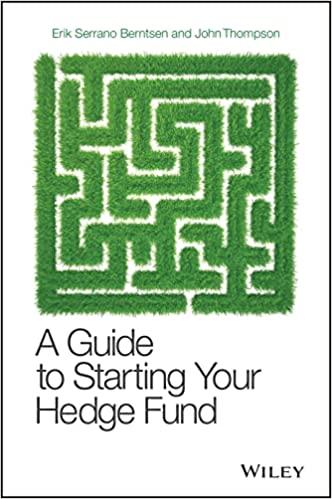Question
*************************************** Q-1. (a) Excelon Companys earnings per share (EPS) for the last 10 years averages to around $ 6.8. The common stock, 7.8 million shares
*************************************** Q-1. (a) Excelon Companys earnings per share (EPS) for the last 10 years averages to around $ 6.8. The common stock, 7.8 million shares outstanding, is now (1/1/21) selling for $68.00 per share. The expected dividend at the end of the current year (12/31/21) is 55% of the 2019 EPS which is $7.8. Investors expect past trends to continue, g may be based on the historical earnings growth rate which is 7.5 percent per year on average. Excelon has 25-year non-callable bonds outstanding with a face value of $1,000, an 12% annual coupon, and a market price of $1,300. Excelon can issue perpetual preferred stock at a price of $45.50 a share. The stock would pay a constant annual dividend of $3.60 a share. Its capital structure, considered to be optimal, is as follows: Debt $105,000,000 Preferred Stock $10,000,000 Common equity $145,000,000 Total liabilities and equity $260,000,000 i. If the company was to issue new debt, what would be a reasonable estimate of the cost on that debt? ii. If the companys tax rate is 35%, what is its after-tax cost of debt? iii. Calculate Excelons cost of common equity by DCF approach? iv. If the firms beta is 1.25, the risk-free rate is 6.5 %, and the average return on the market is 13.5%, what will be the firms cost of common equity using the CAPM approach? v. If the firms bonds earn a return calculated in part (i), based on the bond-yield-plus-risk- premium approach, what will be cost of common equity? Use the 3.5 % risk premium. vi. If you have equal confidence in the inputs used for the three approaches, what is your estimate of Excelons cost of common equity. vii. What is the companys cost of preferred stock, rp? viii. Find Excelons WACC. (use cost of common equity calculated in part vi) (b) A company has an equity multiplier of 3.2, and its assets are financed with some combination of long-term debt and common equity. What is its debt to asset ratio? (c) General Electric has a ROA of 11%, a 3.5% profit margin, and a ROE of 14.5%. What is its total assets turnover? What is its equity multiplier? Q-2. (a) Kindly Provide brief answers to the following: i. What is the difference between systematic and unsystematic risk? ii. What is strategic business plan and why it is important for the success of a firm? Explain in your own words. iii. Explain for which types of projects, a detailed capital budgeting analysis is required and why? iv. What do you mean from retained earnings breakpoint? Explain in your own words with an example. v. How can we check whether a firm is paying its creditors well in time? vi. Why do we add floatation costs in the calculations of individual components costs? vii. List and briefly explain the qualitative and quantitative factors considered for ratio analysis.
Step by Step Solution
There are 3 Steps involved in it
Step: 1

Get Instant Access to Expert-Tailored Solutions
See step-by-step solutions with expert insights and AI powered tools for academic success
Step: 2

Step: 3

Ace Your Homework with AI
Get the answers you need in no time with our AI-driven, step-by-step assistance
Get Started


